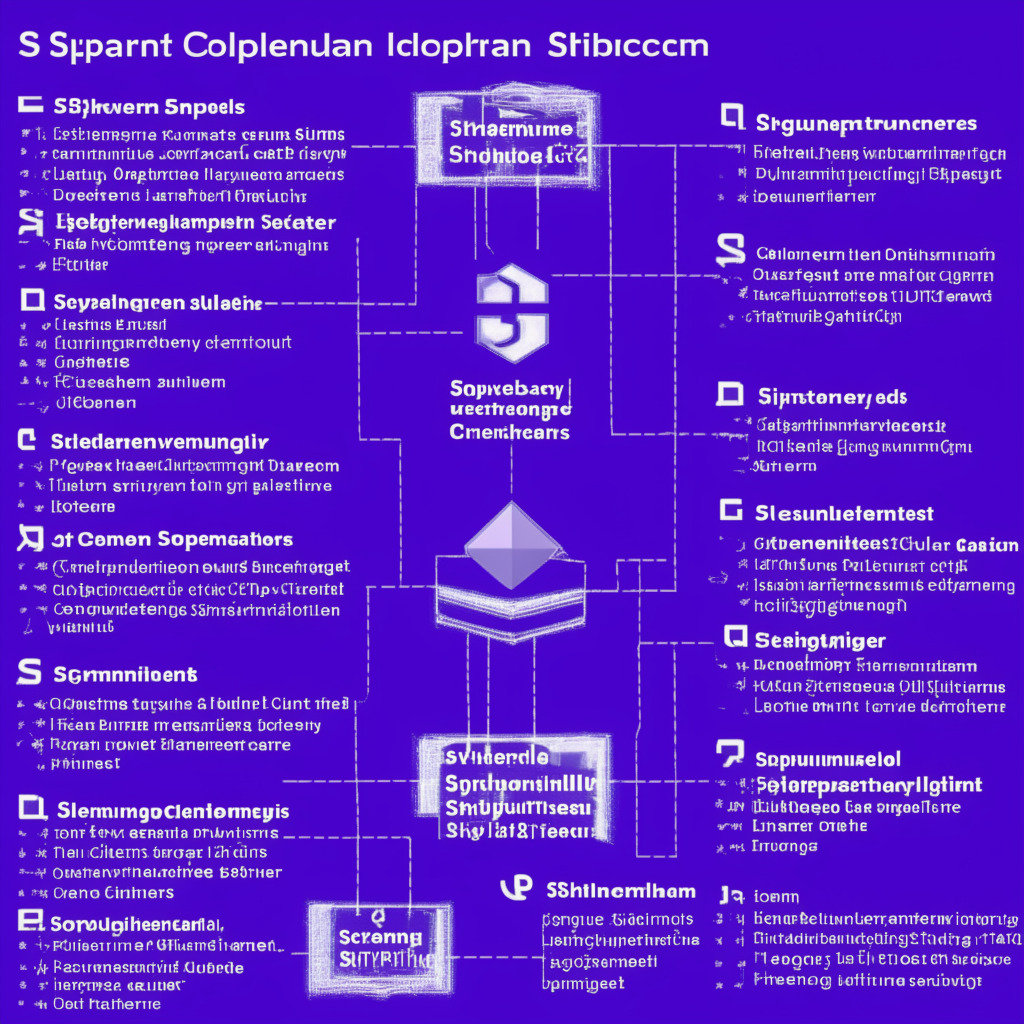Optimism’s Bedrock release is rapidly approaching, and this substantial upgrade sets the groundwork for Ethereum to eventually evolve into a Superchain. In simple terms, a Superchain comprises a set of chains that share a software stack and possess the same security properties, enabling them to communicate and collaborate seamlessly.
The incorporation of Bedrock aims to dramatically reduce transaction fees and cut down deposit times to under a minute. Additionally, a two-step withdrawal process will be introduced, ensuring maximum security, as stated by the CEO and co-founder of Optimism (OP), Karl Floersch. The mainnet upgrade to Bedrock is scheduled for June 6 and will temporarily shut down the network for approximately two to four hours, during which all transactions, withdrawals, and deposits will be halted.
The Superchain vision envisions a network of chains built on top of the OP stack, unifying individual components of bridging, governance, upgrades, and cross-chain communication into a single cohesive ecosystem. Floersch emphasizes that it is designed to be highly compatible with Ethereum standards, paving the way for a multi-client ecosystem.
Upon the implementation of Bedrock, anyone interested in building on Ethereum will be able to run node software using either OP’s node or their independent nodes sans OP’s participation. This illustrates the essence of open-source development, as Floersch points out, “Technological decentralization is not enough, we need social decentralization, we need multiple client implementations.”
Chains built on top of the OP stack will share sequencing and standard-proof systems, enabling the construction of a single, scalable blockchain community on top of Ethereum. Multi-proof and modular-proof systems will be employed to ensure that messages are securely transmitted between the different chains.
Following Bedrock, both fault proofs and validity proofs will be available on the OP stack, facilitating low latency transfers between chains. Additionally, a shared sequencing layer will enable OP transactions to communicate with each other.
Contrary to the multichain vision where applications focus on deploying on their individual chains, OP aims to establish standardized frameworks through Bedrock that enable developers to deploy projects onto a single Superchain. Floersch concludes that OP’s primary objective is to create standards for the Ethereum community to build on and grow.
As the Optimism upgrade nears, its potential benefits and implications in the blockchain sphere have generated considerable anticipation within the community.
Source: Blockworks




